Intro to Bangladesh
First, here is a brief intro to Bangladesh as it pertains to the people and culture of the people of Bangladesh.
Bangladesh, officially known as the People’s Republic of Bangladesh, is a country in South Asia sharing a land borders with India to the east, north, and west, and Myanmar to the southeast, and the Bay of Bengal to the south.
Dhaka, the capital and largest city, is the nation’s economic, political and cultural hub. Chittagong, the largest seaport, is the second-largest city.
Bangladesh has a deep-rooted heritage that is abundantly reflected in the country’s architecture, music, literature, dance, drama, and the arts. The three great religions, Islam, Hinduism, and Buddhism have greatly influenced the Bangladeshi culture, with Islam having the most pervading and lasting impact.
The People of Bangladesh
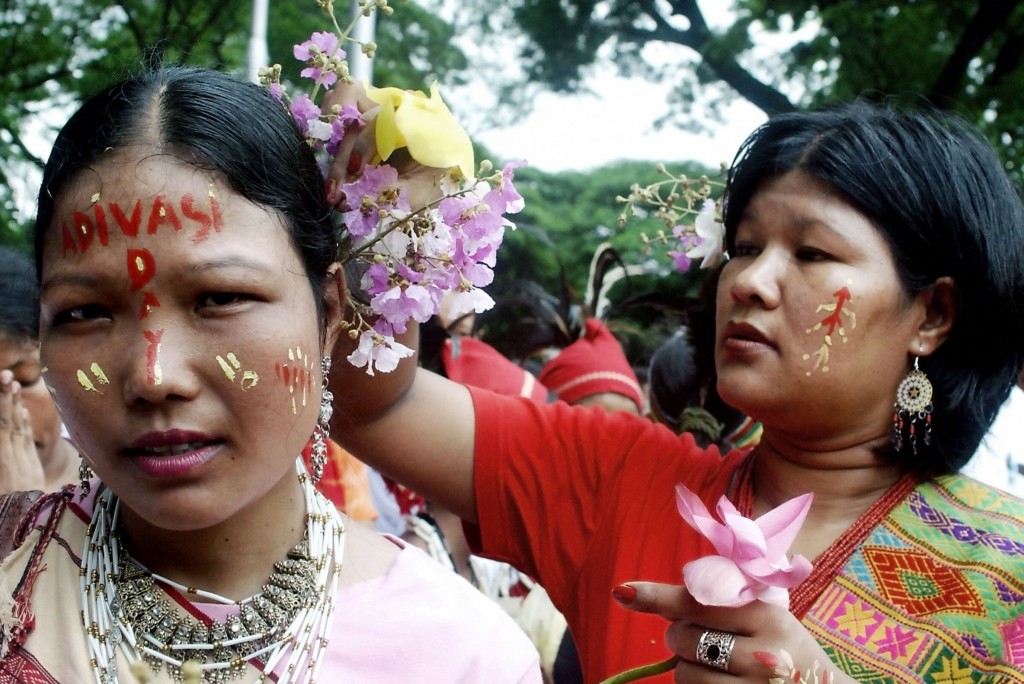
Bangladesh is the only country in the world that was created on the basis of language and ethnicity. The Bengalis make up 98% of the total population, making it one of the most ethnically homogeneous states in the world. The Bihari and Adivasi make up the remaining 2 percent.
Adivasi is a collective term used for the indigenous tribes of the Indian subcontinent including the Chakma, Marma, Tanchangya, Tripuri, Kuki, Khiang, Khumi, Murang, Mru, Chak, Lushei, Bawm, Bishnupriya Manipuri, Khasi, Jaintia, Garo, Santal, Munda and Oraon tribes.
In terms of religion, the large Muslim population accounting for over 90% of the people makes Bangladesh the third-largest Muslim-majority country in world. However, according to the constitution, Bangladesh a secular state, while Islam is the declared state religion.
The other major religions practiced in Bangladesh are Hinduism, Buddhism and Christianity.
Demographics
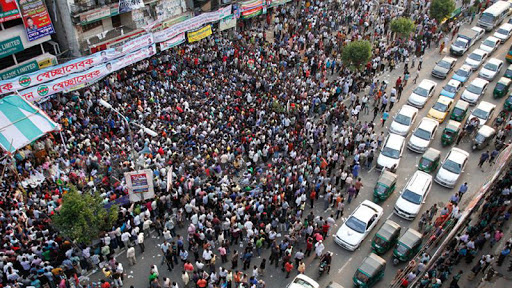
Bangladesh is the 8th most populous country in the world, with a population of over 165 million people. With a landmass spanning 148,460 square kilometers (57,320 sq mi), it is the 7th most densely populated countries in the world with an estimated 1,110 people per square kilometer (2,870 sq mi).
Bangladesh had a population-growth rate which was among the highest in the world in the 1960s and 1970s. With the promotion of birth control in the 1980s however, Bangladesh’s growth rate has seen a marked reduction in its total fertility rate. Its total fertility rate has dropped from almost 7 percent to its current 2.05 percent.
The population is fairly young, with 34 percent aged under 15 and 5 percent aged older than 65. Life expectancy is estimated to be 72.5 (2016 est.).
Languages of Bangladesh
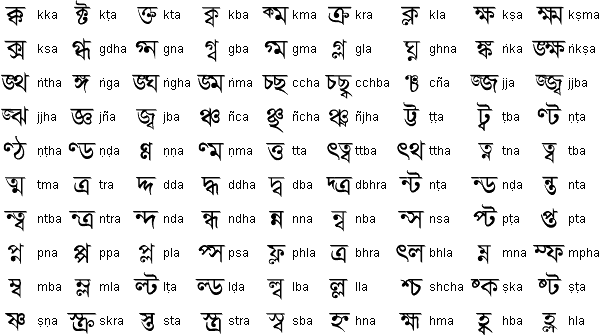
The vast majority of the people of Bangladesh speak the Indo-European language that evolved from Sanskrit known as Bangla (Bengali). It is a part of the Eastern Indo-Aryan languages in South Asia, which arose between the 10th and 13th centuries. It is the official language of Bangladesh and has a rich cultural heritage steeped in literature, music, and poetry, and is further enriched by the several regional dialects spoken across the country.
Bangla is also one of the few languages in the world with its own script known as the Bangla Script, which is a cursive script with 12 vowels and 52 consonants.
Another native Eastern Indo-Aryan language of Bangladesh is the Chakma language, which is written using the Chakma script. The Chakma language is currently considered as endangered due to its declining use in schools and institutions.
Other tribal languages also exist in Bangladesh, many of use the Bengali script for writing, while there is also some usage of the Latin script.
Introduced toBengal in the 17th-century, Urdu also has a significant heritage in Bangladesh. Currently, Urdu is spoken by the country’s Bihari community (formerly Stranded Pakistanis), and some sections of Old Dhaka
English has also become an important language in Bangladesh, and is considered as the second language among the middle- and upper-class societies of Bangladesh. English is also widely used in higher education and the legal system.
Festivals and Traditions
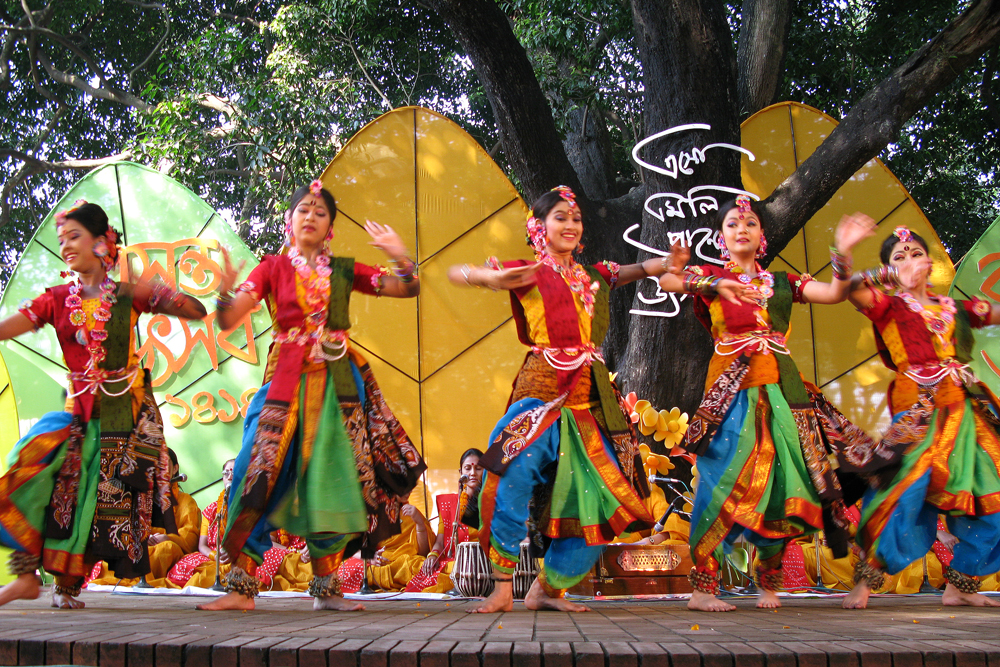
The way of life in Bangladesh is steeped in customs, traditions and festivals that reflect the unique culture of the people of Bangladesh. Some of these customs and traditions are ancient while others are relatively recent.
Some of the indigenous traditions have been preserved and nurtured throughout the ages, and are principally centered around agricultural practices. For example, the nabonno, which is the festival of the new harvest and pawhela boishAkh, which is the Bengali new Year).
Religion has also played a significant role influencing some traditions. For example, as a predominantly Muslim country, Bangladeshis celebrate, among others, the two Eids – Eid-ul-Fitr and Eid-ul-Azha, the month of Ramadan, Shab-e-Qadr, and Shab-e-Barat.
Hindus in Bangladesh celebrate Durga Puja, Kali Puja and Janmastami. The Buddhists celebrate Buddho Purnima and the Christians Christmas. These are just a few of the religious festivals that are celebrated in Bangladesh.
National occasions are also celebrated among Bangladeshis, including Independence Day, Victory Day, and the historic Language Martyr’s Day.
Social customs like birth, naming ceremony, marriage, and death are also celebrated with a distinct Bangladeshi flavor, where each ethnic and religious group having their own unique way to mark these occasions.
Table: Holidays and Observances in Bangladesh
| Date | Name | Type |
| 1-Jan | New Year’s Day | Optional Holiday |
| 10-Jan | Bangabandhu Homecoming Day | Observance |
| 14-Feb | Valentine’s Day | Observance |
| 16-Feb | Saraswati Puja | Optional Holiday |
| 17-Feb | Ash Wednesday | Optional Holiday |
| 21-Feb | Language Martyrs’ Day | Public Holiday |
| 27-Feb | Maghi Purnima | Optional Holiday |
| 2-Mar | National Flag Day | Observance |
| 11-Mar | Maha Shivaratri | Optional Holiday |
| 11-Mar | Shab-e-Meraj | Optional Holiday |
| 17-Mar | Sheikh Mujibur Rahman’s birthday | Public Holiday |
| 20-Mar | March Equinox | Season |
| 26-Mar | Independence Day | Public Holiday |
| 28-Mar | Doljatra | Optional Holiday |
| 29-Mar | Holi | Hindu Holiday |
| 1-Apr | Maundy Thursday | Optional Holiday |
| 2-Apr | Good Friday | Optional Holiday |
| 3-Apr | Holy Saturday | Optional Holiday |
| 4-Apr | Easter Day | Optional Holiday |
| 5-Apr | Easter Monday | Optional Holiday |
| 14-Apr | Bengali New Year | Public Holiday |
| 1-May | May Day | Public Holiday |
| 9-May | Mothers’ Day | Observance |
| 13-May | Eid ul-Fitr | Public Holiday |
| 14-May | Eid ul-Fitr Holiday | Public Holiday |
| 15-May | Eid ul-Fitr Holiday | Public Holiday |
| 16-May | Eid ul-Fitr Holiday | Optional Holiday |
| 26-May | Buddha Purnima/Vesak | National holiday |
| 20-Jun | Fathers’ Day | Observance |
| 21-Jun | June Solstice | Season |
| 1-Jul | July 1 Bank Holiday | Bank Holiday |
| 20-Jul | Eid al-Adha | Public Holiday |
| 21-Jul | Eid al-Adha Day 2 | Public Holiday |
| 22-Jul | Eid al-Adha Day 3 | Public Holiday |
| 23-Jul | Eid al-Adha Day 4 | Optional Holiday |
| 24-Jul | Ashari Purnima | Optional Holiday |
| 15-Aug | National Mourning Day | Public Holiday |
| 19-Aug | Ashura (Tentative Date) | Public Holiday |
| 22-Aug | Raksha Bandhan | Hindu Holiday |
| 30-Aug | Janmashtami | Public Holiday |
| 10-Sep | Ganesh Chaturthi | Hindu Holiday |
| 23-Sep | September Equinox | Season |
| 3-Oct | Akhari Chahar Somba | Optional Holiday |
| 7-Oct | First Day of Navaratri | Hindu Holiday |
| 15-Oct | Durga Puja | Public Holiday |
| 19-Oct | Eid e-Milad-un-Nabi | Public Holiday |
| 20-Oct | Prabarana Purnima | Optional Holiday |
| 31-Oct | Halloween | Observance |
| 4-Nov | Lakshmi Puja | Optional Holiday |
| 4-Nov | Sri Shayama Puja | Optional Holiday |
| 17-Nov | Fateha-i-Yajdaham | Optional Holiday |
| 16-Dec | Victory Day | Public Holiday |
| 21-Dec | December Solstice | Season |
| 24-Dec | Christmas Eve | Optional Holiday |
| 25-Dec | Christmas Day | Public Holiday |
| 26-Dec | Boxing Day | Optional Holiday |
| 31-Dec | New Year’s Eve | Bank Holiday |
Bangladesh Sports
Even though Bangladesh is not well known as a sporting power-house, sports are a Big part of life for the people of Bangladesh. The most popular sports and games in Bangladesh are Cricket, Football, Kabaddi, Badminton, and Chess.
Cricket
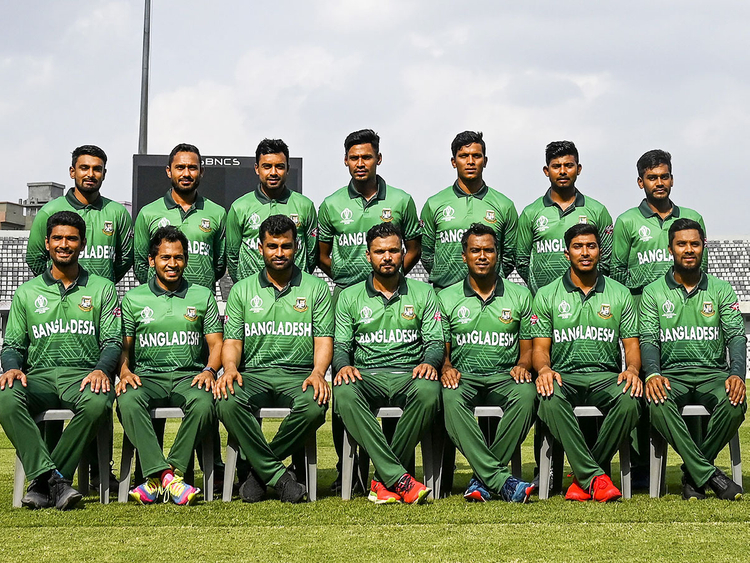
Cricket is arguably the most popular sport in Bangladesh. It is a game with massive and passionate following, where there is a strong domestic league. The national cricket team of Bangladesh goes by the nick-name – the Tigers – after the Royal Bengal Tiger.
Football
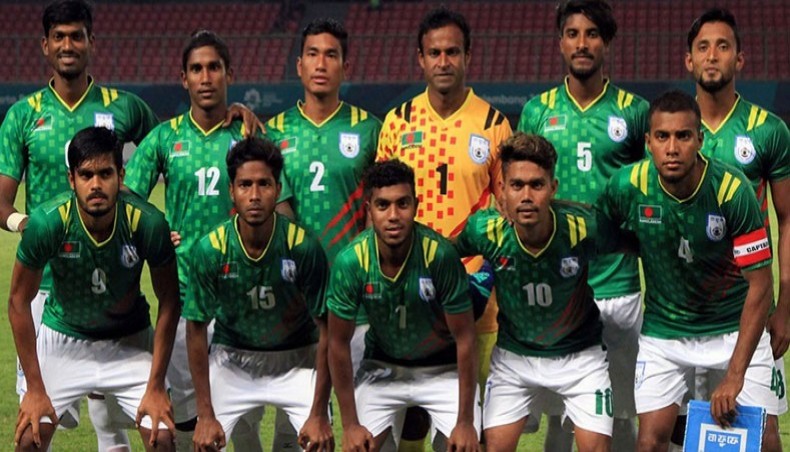
Football is undoubtably the second most popular sport in Bangladesh right after Cricket.
Kabaddi
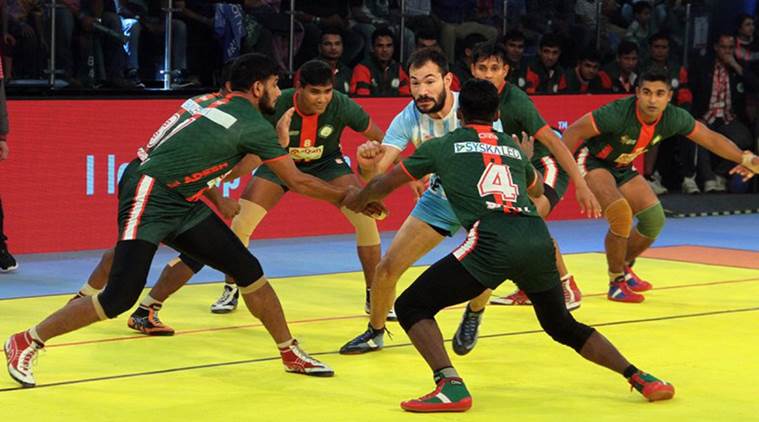
Kabaddi is the national sport of Bangladesh. In Kabaddi, two teams compete with each other by touching or capturing the players of the opposing team, alternating defense and offense. Each team consists of 12 players, seven of which are on court at a given time, and five are in reserve. The game consists of two 20-minute sessions, with a five-minute break to change sides.

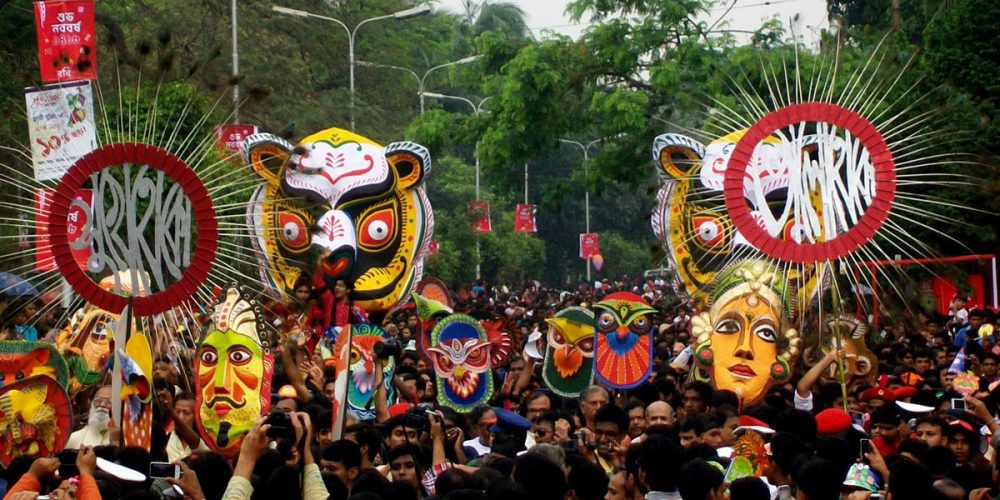


Comments 0